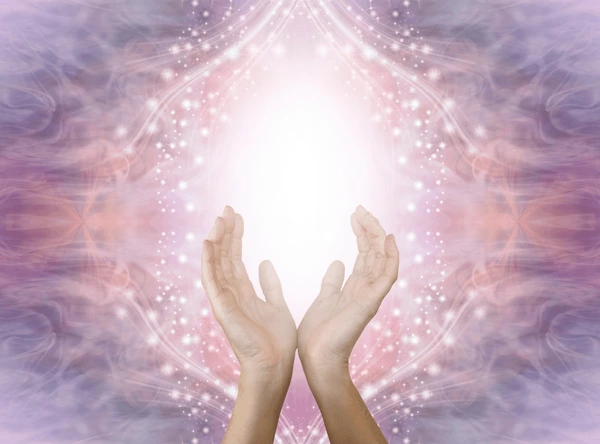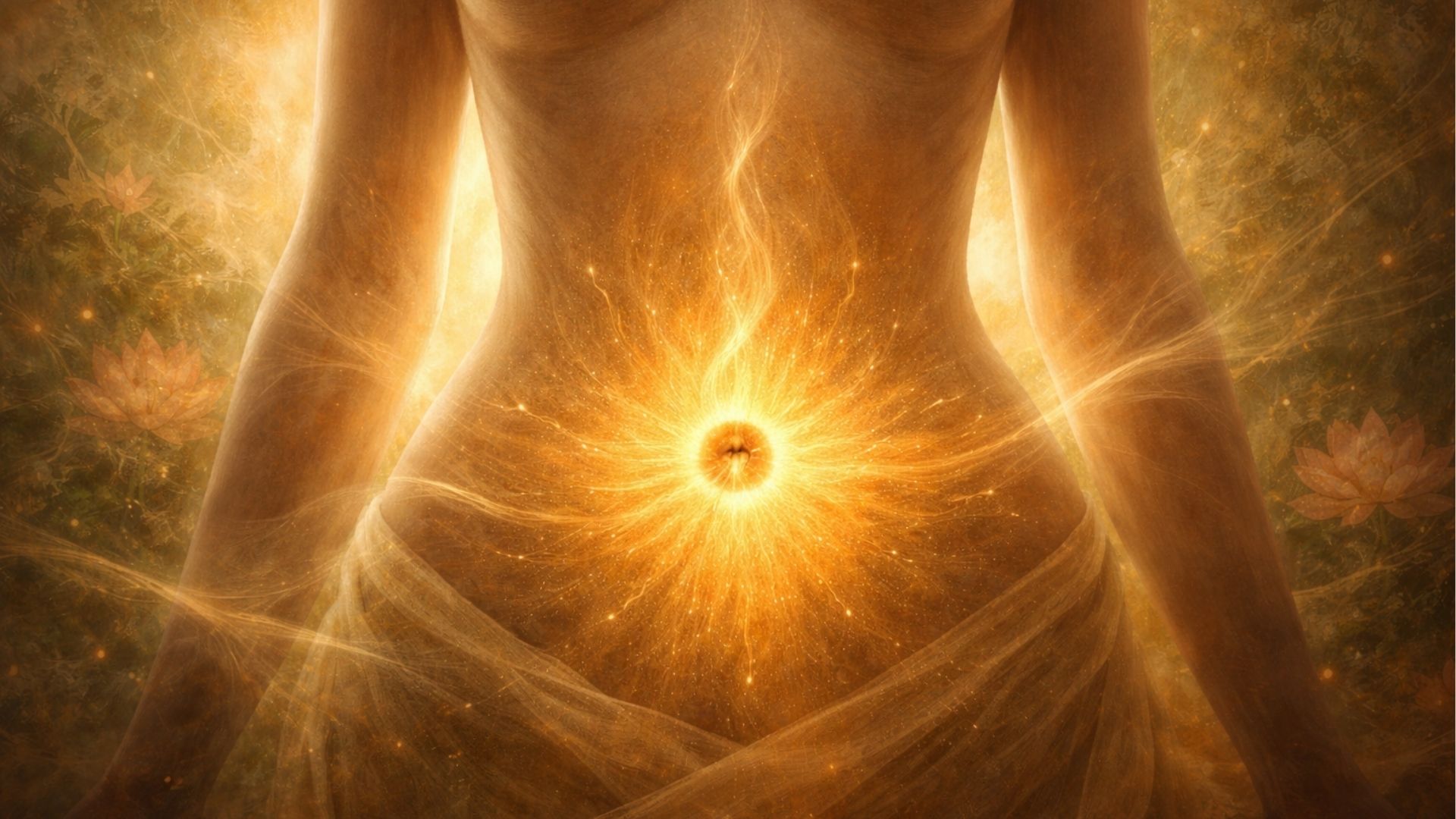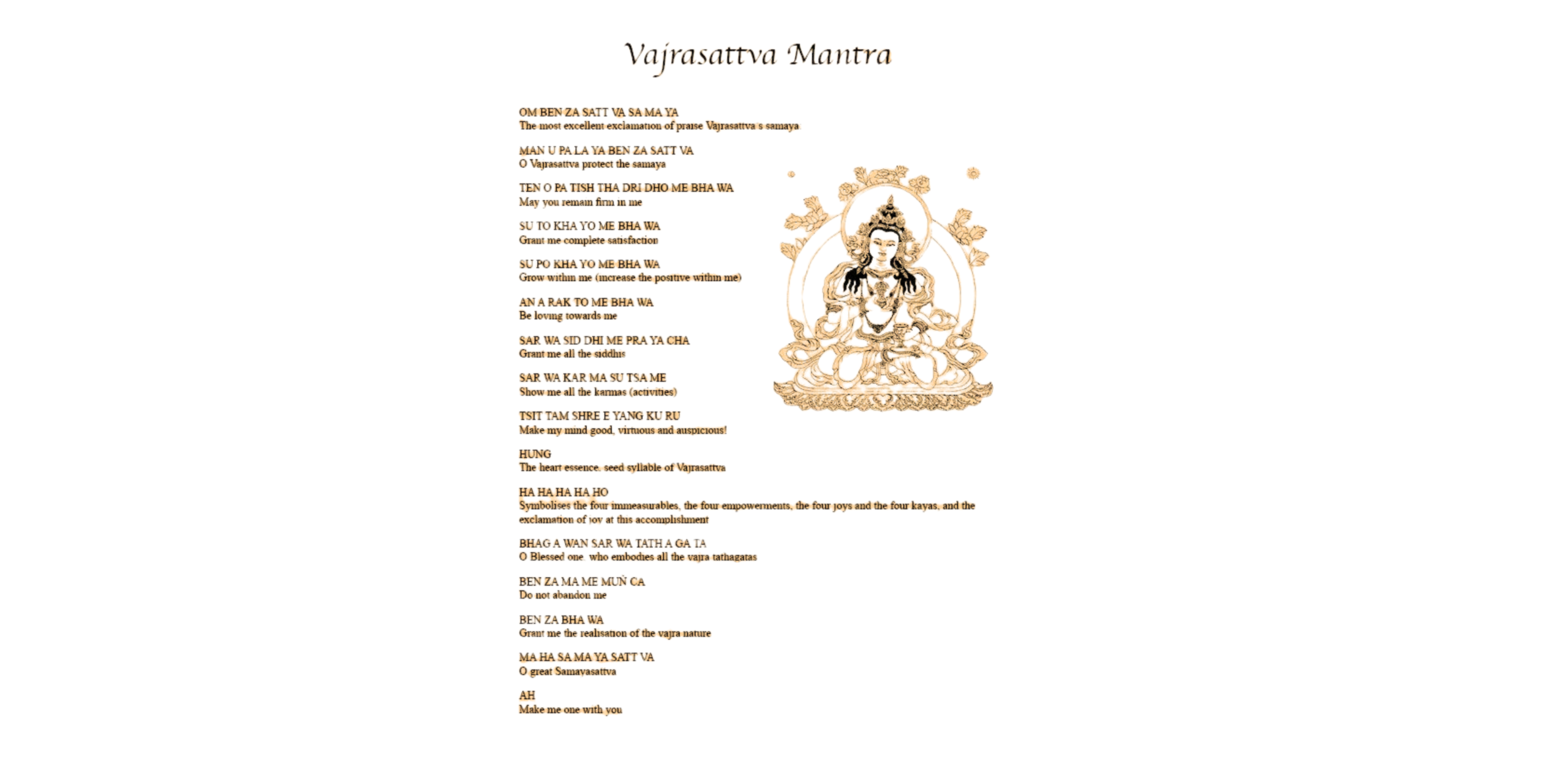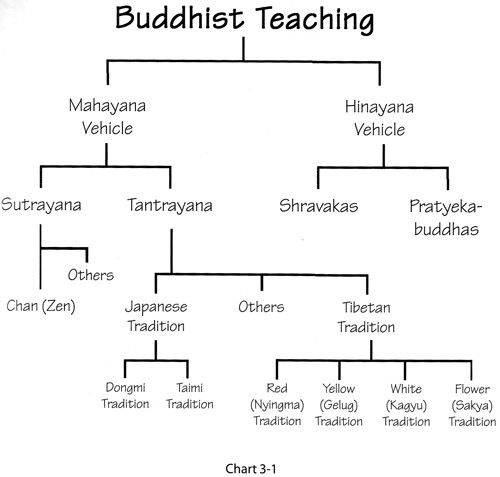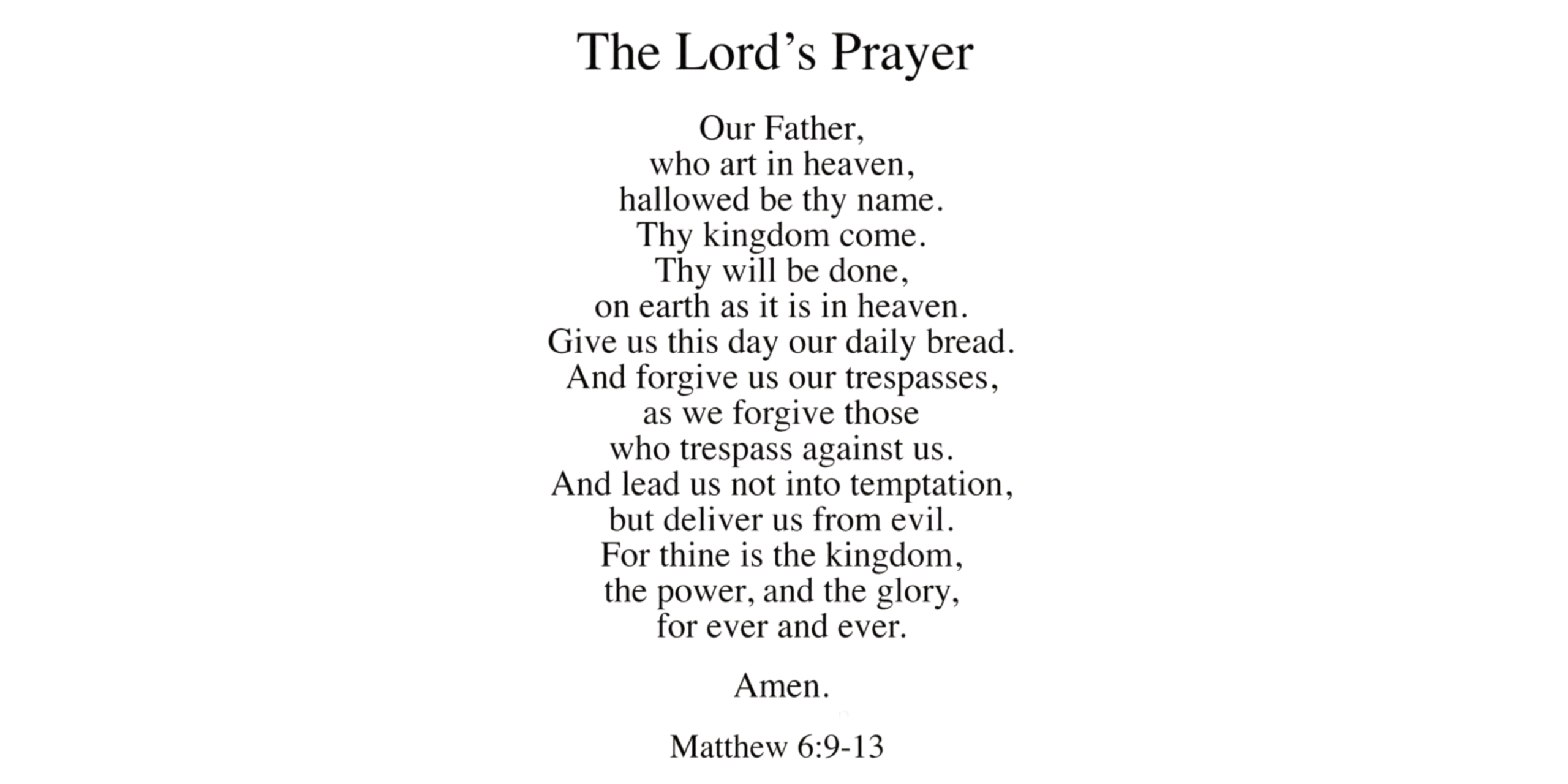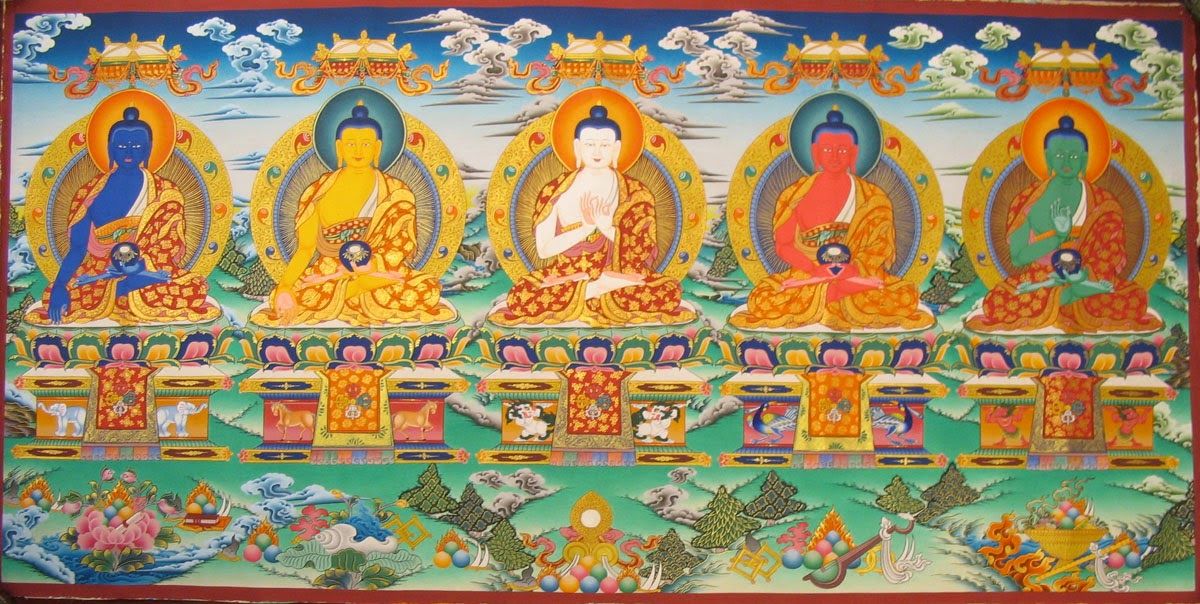Introduction:
Ever heard someone say they felt healing energy from a person miles away? It might sound mystical, but it’s becoming surprisingly common. Distant energy healing – sending positive, healing energy across distance – has moved from the fringes into the wellness mainstream. In recent years, interest in energy healing and spiritual wellness has been growing steadily. More people are exploring practices like Reiki, Therapeutic Touch, and prayer-based healing without ever meeting the healer in person. This surge in popularity isn’t hype; it reflects real experiences and changing attitudes. Let’s explore what distant energy healing is, why so many are turning to it, and how it’s gaining acceptance in our modern world.
What is Distant Energy Healing?
Distant energy healing involves a practitioner sending positive, healing energy or intentions to a recipient who could be across town or across the globe. There is no physical touch – sometimes the healer and receiver set a time to “connect” energetically, or they might simply agree that healing will be sent and received. The idea is that energy is not bound by physical distance. Just as a heartfelt phone call can uplift your mood from far away, energy healers believe they can channel healing vibrations to someone not physically present.
This concept isn’t entirely new. Ancient cultures and spiritual traditions have long practiced forms of distance healing, such as praying for someone’s wellness or using rituals to send healing intentions. In modern times, systems like Reiki (a Japanese energy healing technique) include specific methods for distance healing. In fact, Reiki practitioners use special symbols and visualization techniques to send healing energy remotely. Similarly, practitioners of Pranic Healing and Qigong also perform healing beyond physical contact, working with the idea of a person’s biofield or aura.
Importantly, distant healing sessions often involve the recipient relaxing in a quiet space, sometimes at a scheduled time, while the practitioner conducts the session from elsewhere. Some sessions happen over phone or video call; other times, it’s done silently with an agreed intention. Recipients frequently report feeling sensations like warmth, tingles, or deep calm during remote sessions, much like an in-person session. It’s a gentle, non-invasive practice – no pills, no needles, no physical manipulation – just focused energy and intention.
Why Is Distant Healing Gaining Popularity?
You might wonder: Why are so many people suddenly into this? The rising popularity of distant energy healing comes down to a perfect blend of practical convenience, changing cultural attitudes, and personal experiences. Here are some key reasons more people are embracing remote healing today:
- Accessibility and Convenience: Distant healing can be done anywhere, anytime. You don’t need to travel to a clinic or rearrange your schedule. Whether you’re in a rural village or stuck at home on a rainy day, a healer’s energy can reach you. This convenience is a huge draw. One wellness academy notes that remote energy healing “has grown in popularity for its accessibility and alignment with our increasingly interconnected world”. In our busy lives, the ability to receive healing vibes from the comfort of home is appealing.
- Global Reach and Choice: Because geography isn’t a barrier, you can connect with healers around the world. Interested in a Reiki master from Japan or a shamanic healer from Peru? Distance healing makes it possible to work with them without ever boarding a plane. This broad reach means people can find a modality or practitioner that truly resonates with them. The worldwide web has essentially become a healing network, where sessions happen over Zoom or even through email instructions. The variety and personalization available are greater than ever before.
- The COVID-19 Effect: The recent pandemic played a big role in boosting distant healing. When lockdowns and social distancing made in-person sessions difficult, practitioners and clients turned to remote sessions en masse. Distance Reiki, for example, became “more popular than ever” as a result of the Covid-19 pandemic. Even beyond Reiki, yoga classes went virtual, counseling went online, and energy healing followed suit. People discovered that remote sessions can be effective and comforting at a time when meeting in person was risky. This period essentially normalized distant healing for many who might not have tried it otherwise. Even now, long after lockdowns, the habit of remote wellness sessions has stuck because it works well for so many.
- Digital Wellness Revolution: Hand-in-hand with the above, technology has made remote healing easier. Fast internet, video calls, and even specialized apps have created new ways to deliver energy healing. We now have digital platforms and even AI-assisted energy healing tools, which are making holistic wellness more accessible worldwide. Virtual Reiki sessions or distance healing apps allow folks to receive calming energy with a few taps on their phone. This tech-friendly approach appeals to a generation used to doing everything online. Essentially, distant healing has modernized without losing its spiritual essence, blending the mystical with modern convenience.
- Growing Wellness Trends: In general, there’s a broader trend of people seeking natural and holistic health practices. Many individuals are looking beyond conventional medicine for additional support in managing stress, anxiety, or chronic issues. Practices like meditation, yoga, acupuncture, and energy healing have all seen upticks in popularity. For instance, in North America there’s been notable growth in the use of alternative therapies like energy healing alongside traditional medicine. This is fueled by a wellness culture that values personal growth, stress relief, and preventative self-care. Distant energy healing fits perfectly into this trend – it’s non-invasive and focuses on the mind-body-spirit connection, which resonates with those seeking a more integrative approach to health.
- Personal Testimony and Word of Mouth: Let’s not forget the simple fact that people try it and tell their friends. Distant healing may sound abstract until you experience it. Many who give it a chance report feeling calmer, sleeping better, or finding relief from emotional distress after sessions. Such firsthand experiences are powerful. They lead folks to recommend remote healing to family and friends. Over time, positive testimonials – whether shared in person or via social media – have created a buzz. In an era where we often share our wellness journeys online, hearing that “I tried a distance healing and my migraine eased up” can pique others’ curiosity to try it themselves.
- Alignment with Spiritual Beliefs: A large portion of the public already believes in some form of spiritual or energy healing, which paves the way for acceptance of distant healing. For example, surveys show a majority of Americans believe prayer can heal and many regularly pray for others’ healing. This cultural openness to invisible healing forces means the concept of distant energy healing isn’t too far a stretch. It feels like a modern extension of age-old practices (like praying or sending “good vibes”). In essence, distant healing puts a framework around something many people inherently believe – that intentions, prayers, or energy sent with love can positively affect someone else.
By combining practical benefits (like convenience) with deeply human needs (like spiritual connection and stress relief), distant energy healing has naturally found a growing audience. This healing approach perfectly suits our connected, yet often overstretched, lifestyles – offering help and hope that transcends physical limitations.
Common Forms of Distant Energy Healing
Another reason distant healing is popular is the variety of techniques available. It’s not a single practice, but rather a category that includes several modalities. Here are some of the most common forms of distant energy healing you might encounter:
- Reiki (Distance Reiki): Reiki is one of the best-known energy healing practices worldwide. Originating in Japan, Reiki practitioners channel “universal life force energy” through their hands. In distance Reiki, practitioners use sacred symbols and intentions to send this healing energy remotely. It’s so widespread that today over one million people practice Reiki globally, and many incorporate distance healing as part of their services. People receiving distant Reiki often report sensations of warmth, tingling, or deep relaxation, even though the practitioner might be continents away. Reiki’s popularity, both hands-on and remote, has made it almost synonymous with energy healing. In fact, Reiki has become so accepted that many hospitals offer Reiki sessions to patients as a complementary therapy, lending further credibility to the practice.
- Pranic Healing: Pranic Healing is a no-touch energy healing system from India that involves cleansing and energizing the aura. Practitioners scan the patient’s energy field to detect blockages or “dirty” energy, then they sweep away negative energy and project fresh, vital energy. This can easily be done at a distance by visualizing the person or working with their photograph. Clients of distant pranic healing sessions often describe feeling lighter and more energized afterward. Pranic healing’s focus on the energy body makes it inherently suited for distance work – energy is the medium, not physical contact.
- Healing Prayer / Spiritual Healing: The act of praying or sending intentions for someone’s health is one of the oldest forms of distant healing. This could be done in a religious context (praying to God for someone’s recovery) or in a spiritual-but-not-religious way (sending love and light). A significant number of people practice healing prayer, and it often overlaps with energy healing beliefs. For instance, a study found about 13.7% of people had used spiritual healing or prayer for health in a year – a testament to how common this form of distant healing is. Many energy healers will willingly include prayer or invocation of higher powers when sending distance healing, blending tradition with holistic practice. The popularity of prayer healing has definitely helped normalize the idea that intention alone (without physical presence) can aid someone’s well-being.
- Therapeutic Touch / Healing Touch: These are energy healing methods often practiced by healthcare professionals, especially nurses. In Healing Touch (HT) or Therapeutic Touch (TT), practitioners might normally hover their hands near a patient to balance energy. However, they can also do sessions remotely by visualizing the patient and intending to clear their energy field. What’s notable is that HT and TT have been taught in nursing programs and used in clinical settings for years, lending a certain legitimacy. Their use has been rising as complementary therapies – even before the pandemic, many nurses were incorporating these techniques and some research suggests benefits like reduced anxiety and improved relaxation for patients. The fact that these methods can go distant means patients can continue to receive the calming effects even when not in the hospital. This continuity of care via remote healing has kept people engaged with the practice.
- Crystal Healing and Others: Some practitioners send healing by working with crystals, sound, or other tools on behalf of someone at a distance. For example, a crystal healer might create a crystal grid with the intention to help a client and leave it in place as a form of continuous distant healing. Others use guided meditation recordings or affirmations that clients listen to, combining self-healing with energy transmission. The possibilities are endless and often personalized – which adds to the appeal. People can find a style of distant healing that aligns with their beliefs, whether that’s a Christian prayer circle or a new-age sound healing over Skype.
All these modalities share a common principle: the healer focuses intention and energy to benefit someone who isn’t physically present. This diversity means distant healing can meet people where they are. If someone is skeptical of “energy” but open to prayer, they might gravitate to prayer circles for the ill. Another person might love the idea of Reiki because it’s non-denominational energy work. There’s something for everyone, which naturally broadens the popularity across different groups.
Benefits and Experiences of Remote Healing
Is distant energy healing just popular because it’s trendy, or do people actually get something out of it? The answer lies in the many benefits and positive experiences reported by those who use these services:
1) Stress Relief & Emotional Balance – Many seek distant healing to alleviate stress, anxiety, or emotional turmoil. Recipients often report deep calm, with some studies (e.g., remote Reiki for healthcare workers during COVID) showing measurable reductions in stress. Even skeptics note feeling lighter or more at peace afterward.
2) Convenience for Chronic Conditions – For those with chronic pain or fatigue, distant healing offers relief without the strain of travel. While not a cure, it can ease discomfort, improve sleep, or provide emotional support—accessible from home.
3) Holistic Healthcare Complement – Used alongside traditional medicine, distant healing aids recovery (e.g., pre/post-surgery Reiki) and fosters hope. Hospitals have even trialed programs (like Reiki for nurses) to reduce burnout, noting benefits like improved wellbeing and pain relief.
4) Personal Empowerment & Spiritual Growth – Beyond physical relief, energy healing encourages self-discovery. Many explore meditation, mindfulness, or even train in healing modalities themselves, deepening their mind-body connection.
5) Connection in an Isolated World – The intentional care from a distant healer or group combats loneliness, offering emotional comfort. Recipients often describe feeling “seen” and supported, bridging the gap in a disconnected world.
While experiences vary, the tangible benefits – reduced anxiety, better sleep, or sudden insights – drive its popularity. For many, the effects feel real, fostering trust and return sessions.
Skepticism and Growing Acceptance
No discussion of distant energy healing would be complete without noting that it does have its skeptics. After all, the idea of healing across distance challenges conventional scientific explanations. Some critics label it as placebo or even dismiss it outright. However, it’s interesting that despite skepticism, acceptance of energy healing is expanding. The wellness community and even parts of the healthcare system are increasingly open to it.
Here are a few points on the state of acceptance:
- Research & Evidence: A growing body of studies, particularly on Reiki, shows benefits like stress reduction, pain relief, and improved mood. Clinical trials (some involving institutions like the Mayo Clinic) suggest distance Reiki can lower heart rate, ease anxiety, and aid recovery. While more research is needed, this scientific interest boosts credibility.
- Hospital Integration: Reiki and similar therapies are offered in major hospitals (US/UK) as supportive care, especially in oncology and post-surgery units. During the pandemic, remote delivery expanded, reinforcing its practical value without overstating claims.
- Professional Standards: Certification bodies (e.g., International Association of Reiki Professionals) enforce training and ethics, fostering trust. Practitioners operate with transparency and realistic expectations, countering skepticism.
- Public Shift: Growing openness to holistic wellness has normalized energy healing. Personal testimonials and polls reflect a cultural shift from rigid skepticism to curiosity—positioning it alongside yoga or aromatherapy as a viable wellness option.
Of course, it’s wise to approach distant healing as a complement, not a replacement, to medical care. Ethical practitioners always advise clients to continue any needed medical treatments and use energy healing in addition, to support overall well-being. When presented responsibly, distant healing doesn’t conflict with modern medicine – it accompanies it. This integrative viewpoint is becoming the norm, which allows even skeptics to say “Well, it can’t hurt, and if it makes you feel better, go for it.”
Conclusion: A Connected Healing Trend
Distant energy healing is thriving, fueled by growing interest in holistic health and our interconnected world. The global wellness market – encompassing yoga, meditation, Reiki, and more is booming, projected to reach hundreds of billions as demand rises. But beyond numbers, it’s about a deeper human longing: for wellness, hope, and connection.
This practice blends ancient wisdom with modern needs, merging timeless beliefs in energy healing with today’s technology (think Reiki over Zoom). It’s no surprise it resonates it’s a natural evolution in self-care, growing more mainstream by the year.
In a fragmented world, distant healing weaves a web of positive energy, driven by compassion and curiosity. Best of all, it’s open to everyone, transcending culture or creed. As this heart-centered practice grows, it may soon become a daily part of how we care for ourselves and others.
So if a friend sends “good vibes” from afar, don’t be surprised – it might just be distant energy healing at work. After all, wellness knows no distance.
Curious? You’re not alone. Whether through remote sessions, healing circles, or sending loving intentions, people are embracing this trend. Many describe awe at feeling energy across distances – a reminder we’re more than just physical bodies.
At Masi Wellness, we offer gentle, heart-centred energy healing sessions that you can receive from the comfort of your home. Whether you’re looking for emotional balance, deeper relaxation, or simply a space to reconnect with yourself—our experienced practitioners are here to support your journey.
Explore distant healing with us and feel the shift within.
Book a session or Learn more at Masi Wellness

